$249.97 Original price was: $249.97.$98.99Current price is: $98.99.
SKU: D2LSC 1475161170 Categories: HOT SALE, JAPANESE MAPLE TREES
- Free Shipping Worldwide
- Multiple payment options for secure shopping with SSL
- The best quality products, always.
- Multiple payment methods, safe and reliable

Little Sango Dwarf Coral Bark Japanese Maple
Acer palmatum ‘Little Sango’
Other Names: Little Coral Japanese Maple
Plant Details
USDA Plant Hardiness Zones: 6a-9b Find Your Zone
Plant Type: Deciduous Tree
Height at Maturity: maybe 5′ at 10 years of age; 7-8′ at maturity
Width at Maturity: maybe 3′ wide at 10 years of age; 5-6′ wide at maturity
Growth Habit / Form: Upright, Rounded
Growth Rate: Slow
Foliage Color in Spring: Bright Chartreuse Green
Foliage Color in Summer: Medium to Light Green
Foliage Color in Fall: Yellow and Orange shades
Light Needs: Full Sun or Mostly Sun, Morning Sun with Dappled or Afternoon Shade, All Day Filtered Sun, Morning Shade with Evening Sun
Water Needs: Average, moderately drought tolerant when established
Soil Type: Clay (amend heavy clay to ensure good drainage), Loam, Sandy, Silt
Drainage: Moist But Well Drained – Well drained soil is a must!
Soil pH: 5.0 – 7.0 is ideal
Maintenance: Low
Attracts: Visual Attention
Resistances: Deer – more info, Heat Tolerant, Insect Resistant, Sun Tolerant, Disease
Description
Extremely beautiful and hard to find, ‘Little Sango’ Japanese Maple is a sport of the immensely and ever-popular ‘Sango Kaku’. If you haven’t had space for a magnificently colored coral bark Japanese maple now you do! Everything about Little Sango is smaller; the height to only 8 feet and about half as wide, and the smaller leaves. This makes Little Sango a great fit for smaller garden spaces and containers. In spring, the extremely dense, little new leaves emerge a bright light green to light chartreuse-green, standing out beautifully against the brilliant coral-red stems and branches. By summer the leaves have darkened a little in color before changing to shades of yellow, gold and orange with the arrival of cooler temperatures in fall. After the leaves drop the vibrant bark takes the stage throughout the winter and early spring. As with its parent, Little Sango is more sun and heat tolerant than other Japanese maple varieties.
Landscape & Garden Uses
To showcase its magnificence and beauty, the Little Sango Japanese Maple is best used in the landscape as a focal point specimen to draw attention to a specific area of the home or garden. That said, it can be planted in groupings or two can be used to frame an entrance. Container culture can extend the useful range of Japanese Maples. They are extremely easy to grow in containers, a practice taken to its most extreme form in the art of bonsai.
Spacing: At least 7′ for space between trees
Note: One Japanese Maple can make a landscape…that is if you don’t overcrowd it with other trees and plants. Therefore, when selecting companions to plant under or around your Japanese Maple, make sure to select low-growing shrubs or groundcover plants that won’t interfere at all with your tree.
Growing Preferences
Though delicate looking, Japanese Maples are actually very tough and long-lived trees. They are very easy to grow in both the ground or in containers, a practice taken to its most extreme form in the art of bonsai.
In their natural habitat, Japanese Maples are understory trees, growing in dappled forest sunlight at the edges of woodlands. Ideally they prefer to be grown in similar conditions. That said, you can find a complete listing of our sun-tolerant Japanese Maple varieties here, of which Little Sango is one.
Most any average garden soil will grow Japanese Maples. They prefer a moist but well-drained soil rich in organic matter. As with so many other ornamental plants and trees, constantly soggy or wet soil can be problematic. So make sure to plant your Japanese Maple in a well-drained site.
Helpful Articles
Click on a link below to find helpful advice from our experts on how to plant and care for Japanese Maple trees.
How To Plant A Japanese Maple Tree In The Ground
How to Plant A Japanese Maple Tree In A Pot
How To Fertilize And Water A Japanese Maple Tree
How To Prune A Japanese Maple
Plant Long & Prosper!
Meet The Wilson Brothers & Staff
Questions? Contact Us!
Be the first to review “Little Sango’ Dwarf Coral Bark Japanese Maple – 5 Gallon Pot” Cancel reply
Related products
New
New
New
New
GROUNDCOVER PLANTS
Tahoe Candytuft – Iberis Sempervirens – 10 Count Flat Of Quart Pots
New
Clematis Vines
New
New
New
Clematis Vines








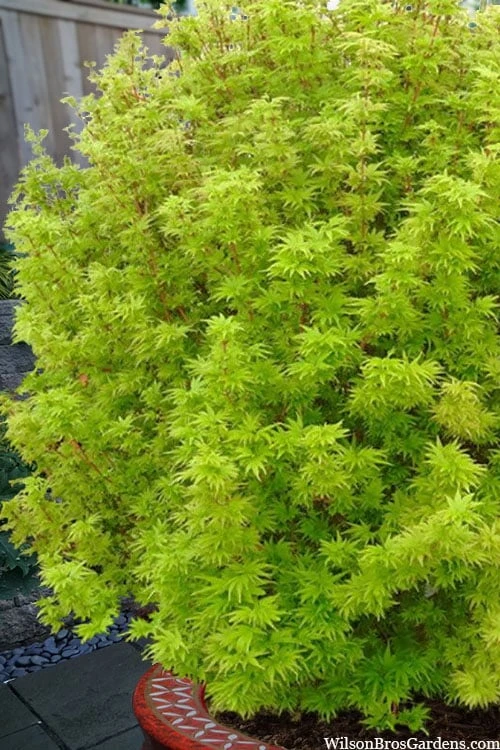
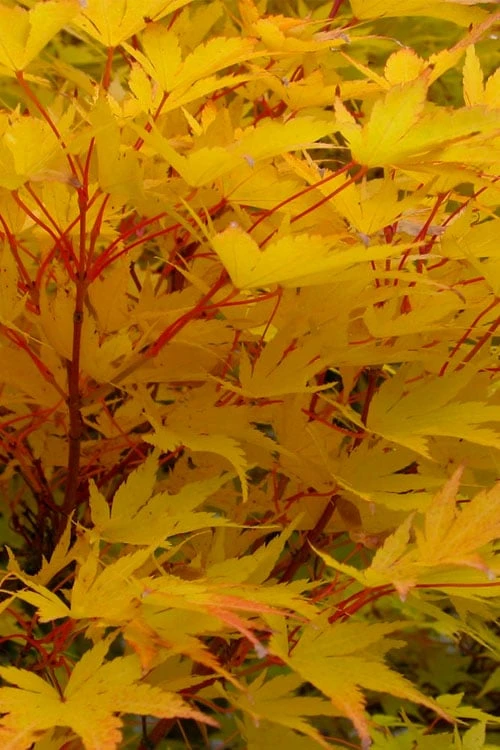

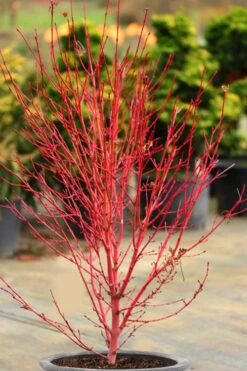




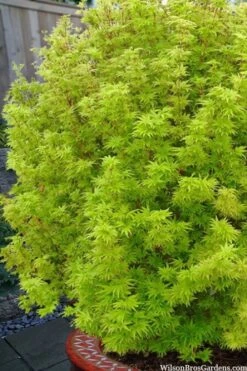
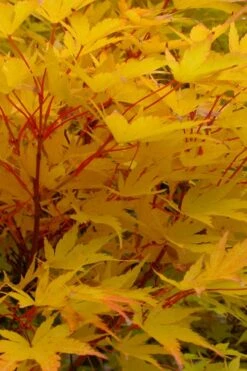
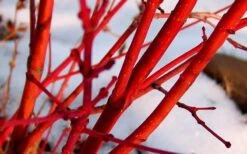
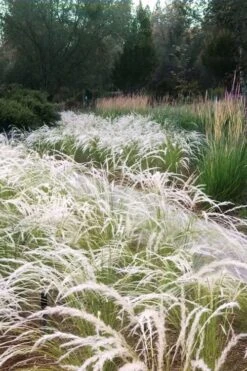
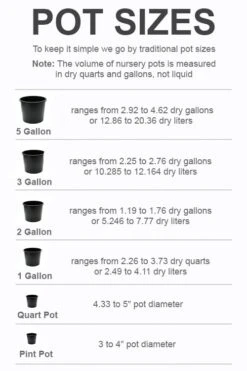

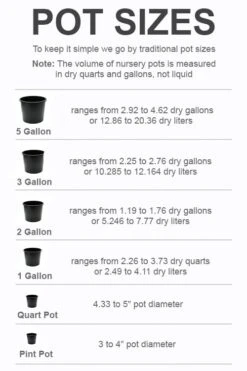
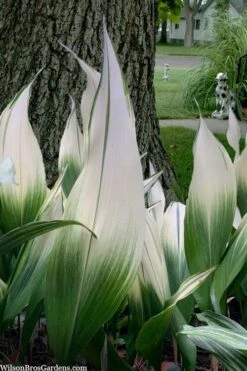



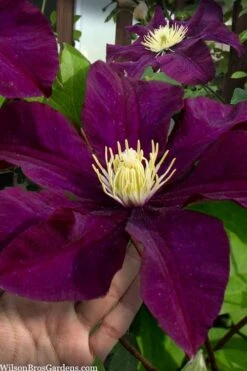
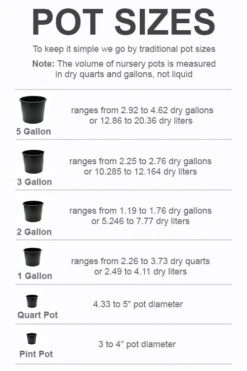

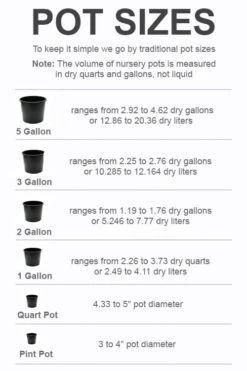

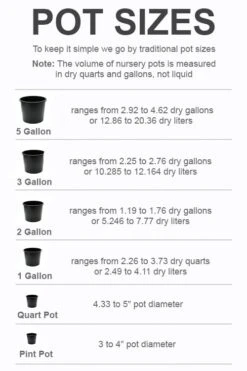
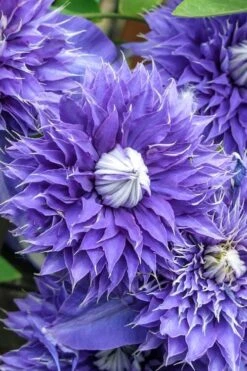
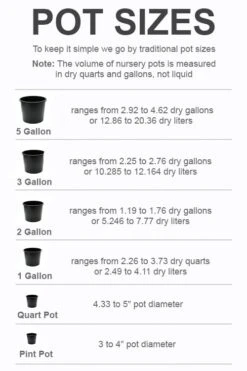
Reviews
There are no reviews yet.